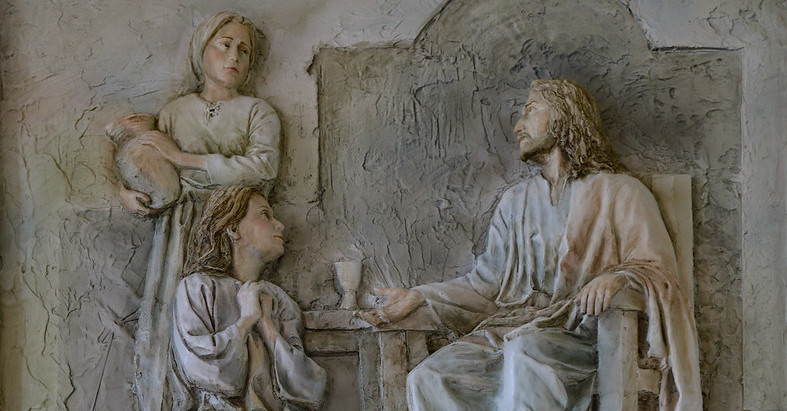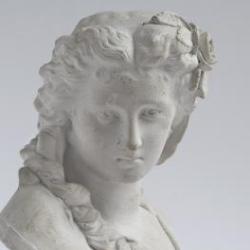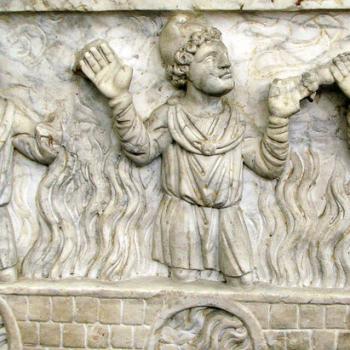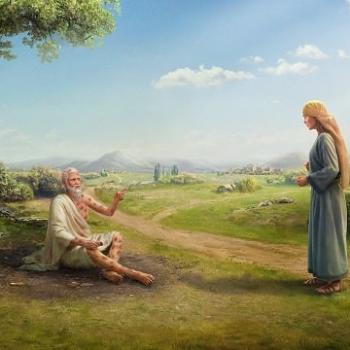
Not Your Typical Boy
Growing up, I never felt compelled to play football, get into fights or watch sports. Many years ago, people told me boys are made of snips, snails and puppy dog tails. Girls were made of sugar, spice and everything nice. So instead of filling the traditional role of a boy, I played kickball with the neighborhood girls and learned how to bake. I also loved hanging out with older adults to learn about their history and experiences. My mom was my best friend. She helped form my curious mind and my love for learning. I dreaded physical education classes but looked forward to math and science classes. I was not your typical guy, as defined by my school-aged peers. As a boy, I was nice and loved to bake with sugar and spice. I had no idea what biblical manhood and womanhood were about to care.
Biblical Manhood and Womanhood as a Novelty
Modern evangelicalism values boundaries of perceived roles of men and women in the church and family. Biblical manhood and womanhood entered our vernacular in the late 1980s with the founding of the Council on Biblical Manhood and Womanhood (CBMW). The Danvers Statement summarizes the core beliefs of CBMW and its rationale as a reaction to a perceived threat to God’s purpose in creating feminine and masculine differences in the two genders. Thus, there is a generalized sense that the traditional roles of men and women are under attack, threatening to undermine the authority of Scripture.
In my latest post, I wrote about the egalitarian/ complementarian debate. Problems ensue when we unnecessarily force novel ideas into our interpretation of Scripture. My case of the androgynous Adam highlights the folly of importing ideas foreign to the text to support one’s side of the gender debate. We don’t need to speculate as Scripture and historical context adequately interprets Scripture.
Forcing Square Pegs Into Round Holes
For many centuries the church took its cues from the world to determine what constitutes the proper understanding of masculinity and femininity. In his defense of traditional family roles, George W Knight III makes exegetical leaps, cherry-picking biblical passages to illustrate that the responsibility of breadwinning falls primarily to the husband and the housekeeping role falls on the mother. Biologically and biblically, our differences determine the roles men and women are to assume.
In her review of The Unmaking of Biblical Womanhood, Eliza Griswold points out that in the first 1500 years of the church, the roles of women in the family and the church “were flexible and prone to shifting and evolving.” Only after the Industrial Revolution did women and jobs move to the factories. Women were encouraged to remain at home based on the scientific notions that “women’s limited minds” better suited them for domestic tasks. The move to elevate men to positions of power above women soon found its way into theological circles. Consequentially, many used Scripture to support the notion that God-ordained gender roles locked us all in predefined categories.
World history indicates that biological differences dictate male authoritarian rule over women. However, biology itself need not determine roles for men and women in society. For the past 60 years, modern society has erased or minimized biological gender to equalize the playing field between men and women and challenge traditional gender norms, as a recent Time Magazine article argues. God created gender differences, not that submission would be one-sided, creating power differences, but that men and women may submit to one another in love. Gender equality does not mean gender sameness. Paul argues that in Christ, there is no male and female regarding our position as children of God through faith. Paul does not erase the gender reality. Instead, he does away with class distinctions held between men and women in the Graeco-Roman world.
A Lesson in Discipleship
In the story of Mary and Martha, Jesus challenged the traditional view of women’s role in the New Testament by highlighting the posture of Mary as a disciple above that of Martha as a traditional homemaker. It’s common to view this story as a lesson on the importance of spending time with Jesus versus keeping busy. However, the story touches on some important cultural issues regarding the traditional roles of men and women in that society. In the story, Mary sat at Jesus’ feet, indicating she took a disciple’s posture. We see from her eagerness to listen and learn from Jesus that she is setting herself apart from other women who would listen to a rabbi teaching the Torah in the synagogue at a distance.
However, only disciples sat at Jesus’ feet. Jesus could have quickly told Mary to return and find her place, with Martha taking care of the host’s duties. Instead, one could argue that he acknowledges that Mary’s posture as a disciple is more valued than Martha’s household duties. As crucial as hospitality was in that culture, Jesus flipped the concept of traditional female societal roles. He did so by empowering Mary to take on the role of a disciple, which would have included preaching the Gospel. Mary would have shocked most of the Jewish men, having ditched her traditional role.
The novel Council on Biblical Manhood and Womanhood was formed as a reaction to perceived threats to Biblical authority. The council underscored the value of God’s creation of the two genders as complimentary. However, its purpose was also an overreach to prevent the inclusion of women in all areas of ministry. Jesus’ encounter with Mary and Martha indicates that traditional gender roles are fluid and not set in stone. Women should feel free from the restrictions placed on them by their male counterparts. Women have a choice in what roles they may fill in ministry. Martha did not sin in choosing the role of the harried housekeeper. However, as Jesus expressed to Martha, Mary chose the better part.











